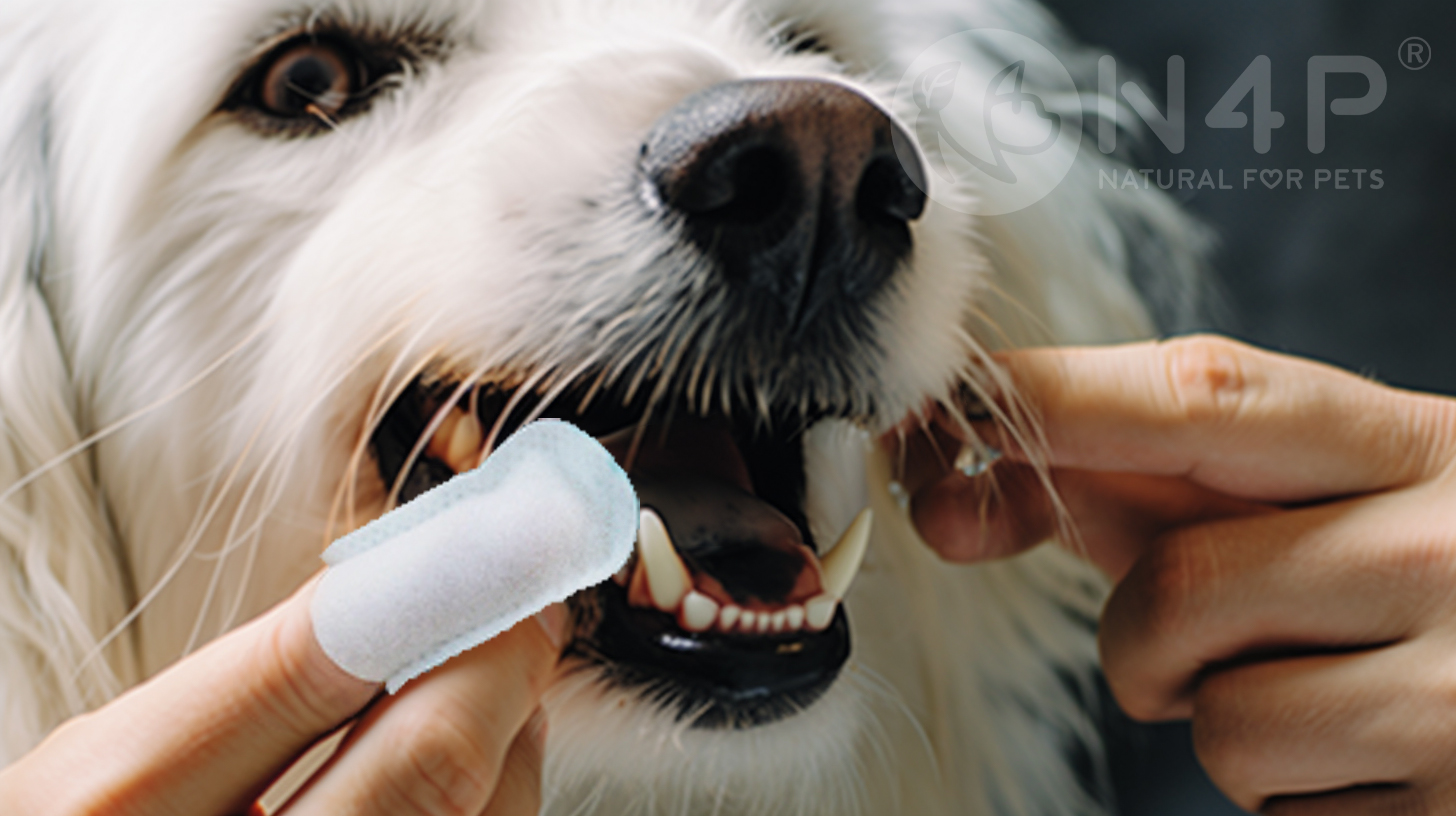In this Article
- What Is Heat Stroke in Dogs?
- What Are the Signs of Heat Stroke in Dogs?
- How Long Do Heat Stroke Symptoms Last in Dogs?
- What Is the Treatment for Heat Stroke in Dogs?
Unlike humans, dogs aren’t efficient at cooling off and dissipating body heat. Since dogs can only cool down by panting or blood vessel expansion, they have a higher risk of overheating. Heat stroke, or hyperthermia, can cause severe problems for your dog.
What Is Heat Stroke in Dogs?
A dog’s normal body temperature is higher than a human’s. Their temperature can range between 100.2 to 103.8 degrees Fahrenheit. Anything over this temperature is considered hyperthermia. When your dog’s internal body temperature reaches 105 degrees Fahrenheit, they may be suffering from heat stroke.
How much damage heat stroke causes to your pet is determined by how high their body temperature gets and for how long. That’s why it’s essential to notice the signs of heat stroke early.
Heat stroke, or heat exhaustion, in dogs can happen when they cannot get rid of accumulated heat from their body, such as when your dog is doing strenuous activity outside or in other hot conditions. When body temperature rises, your dog’s central nervous system stops working correctly.
Risks for heat stroke in dogs include:
- High humidity, even with lower temperature
- Not enough play breaks to cool off
- Not enough access to water in warm weather
- Being left in a close-up home with no ventilation or air conditioning on a hot day
- Being left in a car, even if it is not hot outside
What Are the Signs of Heat Stroke in Dogs?
It’s important to catch heat stroke signs early to reduce your dog’s risk of serious injury. Signs to look for include:
- Heavy panting
- Rapid breathing
- Excessive drooling
- Dry mucous membranes
- Bright red gums and tongue
- Hot-to-the-touch skin
- Increased heart rate
- Difficulty staying balanced
The longer your dog is exposed to excessive heat, the worse their condition will be. As they get worse, you might notice signs of shock, including:
- Pale mucous membranes with white or blue gums
- Rapid heart rate
- A drop in blood pressure
- Hyperventilation
- Dilated pupils
- Irregular pulse
- Muscle tremors
- Lethargy
- Uncontrolled urination or defecation
- Collapse or a comatose state
The heat stroke fatality rate is similar to humans, at about 50%. This is because there is a lot of inflammatory and hemostatic damage that makes recovery challenging. When your dog’s experiencing heat stroke, they’re going through mental abnormalities like:
- Depression
- Disorientation
- Delirium
- Seizures
- Stupor
- Coma
How Long Do Heat Stroke Symptoms Last in Dogs?
Some signs of heat stroke may be readily visible, but if you don’t know what to look for, your dog may have heat stroke longer than you think. Dogs who are very young, very old, overweight, not used to a lot of exercise, or who have heart or respiratory disease, are more at risk of getting heat stroke. Breeds that have difficulty breathing in extreme heat include:
- Boxers
- Pugs
- Shih tzus
- Other dogs with short muzzles
It can take mere minutes for your dog to become overheated when playing or exercising. Unfortunately, your dog doesn’t get the same sense that we do when we start to feel sick from dehydration and heat exhaustion. It’s best to notice signs early, so your dog isn’t experiencing prolonged heat stroke symptoms.
What Is the Treatment for Heat Stroke in Dogs?
Heat stroke therapy requires immediate action to lower your dog’s body temperature. As soon as you notice signs of heat stroke in your dog, stop immediately and take them to a cool area with good air circulation. Getting your dog treatment quickly is the first step to helping them recover well.
After you notice signs of heat stroke, get your dog inside and check their temperature. If you have a rectal thermometer and your dog’s temperature exceeds 105 degrees Fahrenheit, you should start sponging or hosing your dog’s body with cool water. Don’t give them an ice bath or use cold water. Keep a fan on them, as well, and keep checking their temperature. Another treatment involves rubbing alcohol on their paw pads. Once their body temperature reaches 103 degrees Fahrenheit, you can stop this process. Gradually cooling them down is key; you don’t want their body temperature to lower to critical levels.
You should see improvement in your dog’s body temperature within 10 minutes. If there’s no improvement within this timeframe, you should take your pet to the vet immediately. The vet will give them intravenous fluids, blood pressure maintenance, and other medications.







